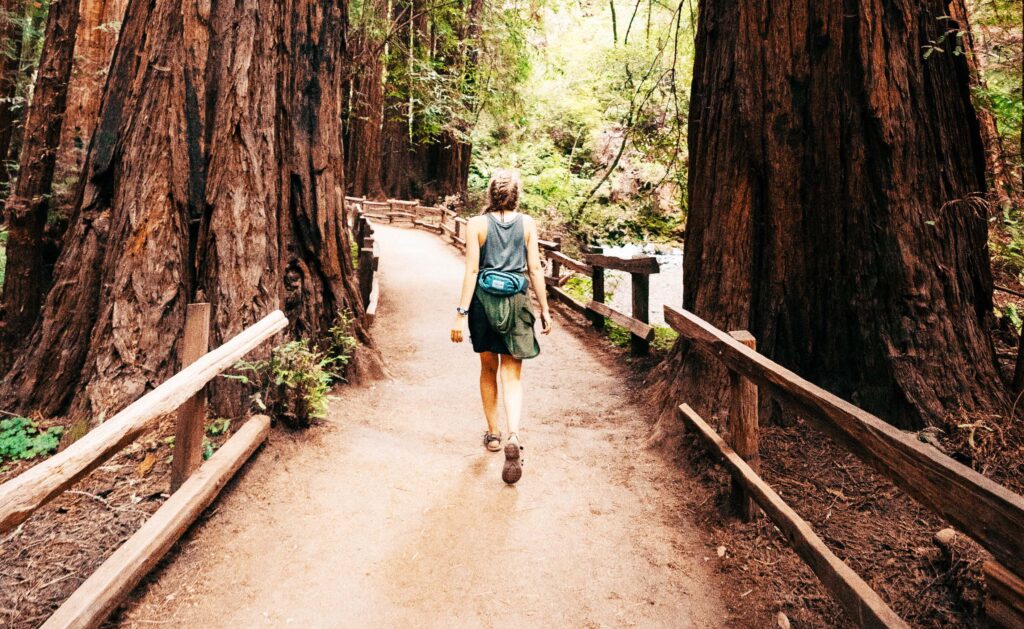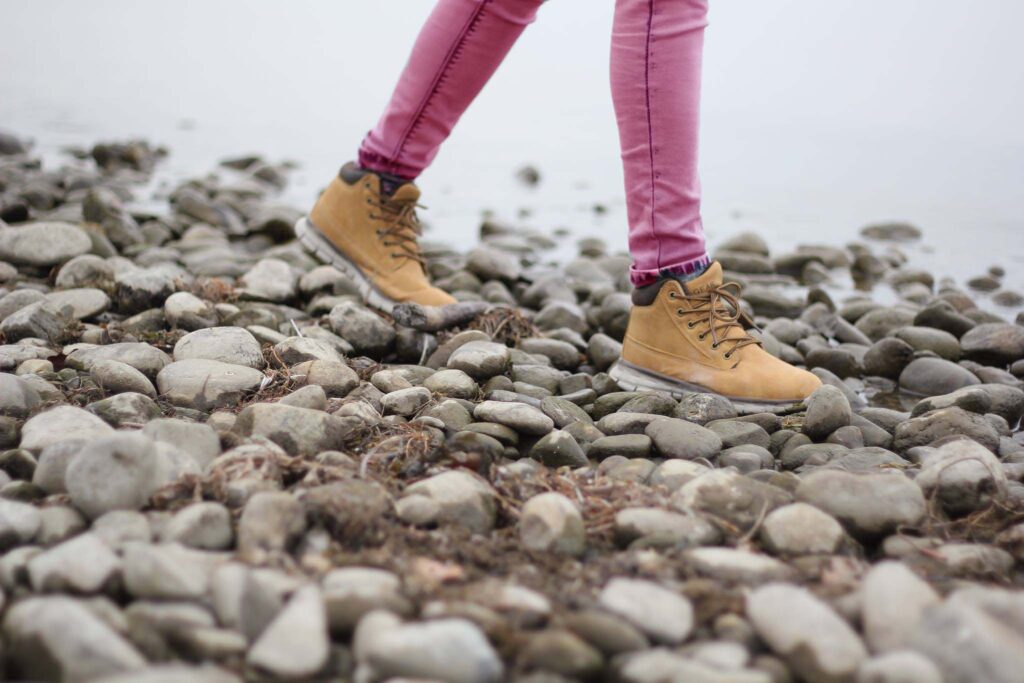Hikers may be susceptible to various types of foot fungus due to the damp and humid conditions in their shoes and socks during long hikes
The most common type of foot fungus that hikers may encounter is athlete’s foot, which is caused by a fungal infection of the skin on the feet. Another fungal infection that can affect the toes is toenail fungus, which can cause thick, discolored, and brittle nails.
There is no specific type of foot fungus called “hiker’s toe fungus.” However, hikers may be at a higher risk for developing foot fungus due to the prolonged exposure of their feet to moist conditions, so it is essential to take preventive measures such as wearing moisture-wicking socks and breathable shoes, changing socks frequently, and keeping feet clean and dry.
Here are eight things hikers can do to avoid getting bad feet while on a hiking trip:
- Choose the proper footwear: Make sure your shoes or boots fit correctly and comfortably. Look for breathable footwear with good arch support and a sturdy sole to protect your feet on rough terrain.
- Wear moisture-wicking socks: Choose socks specifically designed for hiking and made from synthetic materials that wick moisture away from your feet. Avoid cotton socks, which can retain moisture and increase the risk of blisters.
- Keep your feet clean and dry: Wash them daily and dry them thoroughly, especially between the toes.
- Apply foot powder: Use an antifungal foot powder to help keep your feet dry and prevent fungal infections.

- Take breaks and remove your shoes: Take frequent breaks during your hike and remove your shoes and socks to allow your feet to air out and dry.
- Stay hydrated: Drink plenty of water to stay hydrated and prevent swelling in your feet.
- Avoid sharing footwear or socks: Sharing footwear or socks with other hikers can increase your risk of contracting fungal infections.
- Keep your toenails trimmed: Trim your toenails regularly and straight across to prevent ingrown toenails and fungal infections.
Clipping your toenails and keeping them short is essential in maintaining good foot hygiene and preventing foot problems like ingrown toenails, blisters, and fungal infections. When toenails are too long, they can press against the inside of your shoes, causing pressure and friction that can lead to blisters or calluses. Additionally, when toenails are not trimmed properly, they can become ingrown and cause pain and infection.
To prevent these issues, it’s recommended that hikers keep their toenails trimmed and shaped regularly, cutting them straight across and not too short or too rounded at the corners. It’s important not to cut the toenails too short, as this can cause pain and bleeding. Trimming toenails regularly can also help prevent fungal infections from developing under the nails, as it limits the space for dirt and bacteria to accumulate.
Several over-the-counter toenails and foot aid for treating fungal infections, such as toenail fungus and athlete’s foot. Here are some common types of treatments:
- Antifungal creams and ointments: These are applied topically to the affected areas of the feet or toenails. They kill the fungus and relieve symptoms such as itching, burning, and scaling.
- Antifungal powders and sprays: These are applied to the feet or inside of shoes to help prevent the growth of fungus and control moisture.
- Antifungal nail lacquers: These are painted on the affected toenails to help kill the fungus and prevent its spread.
- Oral antifungal medications: These are prescribed by a doctor and are taken by mouth to treat more severe or widespread infections.
It’s important to note that different fungal infections require other treatments, so it’s a good idea to see a healthcare professional for an accurate diagnosis and treatment plan.
Additionally, it’s essential to follow the instructions on the package or from a healthcare professional for proper use and duration of treatment.
While there is no specific medical condition for “hiker’s feet,” hikers may experience various foot problems related to their activity. These can include blisters, calluses, plantar fasciitis, toenail injuries, and fungal infections such as athlete’s foot and toenail fungus, and foot problems can be caused by factors such as the terrain, the length of the hike, the footwear, and the hiker’s level of fitness and preparation.
 Choosing the right footwear, wearing moisture-wicking socks, keeping feet clean and dry, trimming toenails, taking breaks, and using appropriate foot care products, can all contribute to healthy feet.
Choosing the right footwear, wearing moisture-wicking socks, keeping feet clean and dry, trimming toenails, taking breaks, and using appropriate foot care products, can all contribute to healthy feet.



